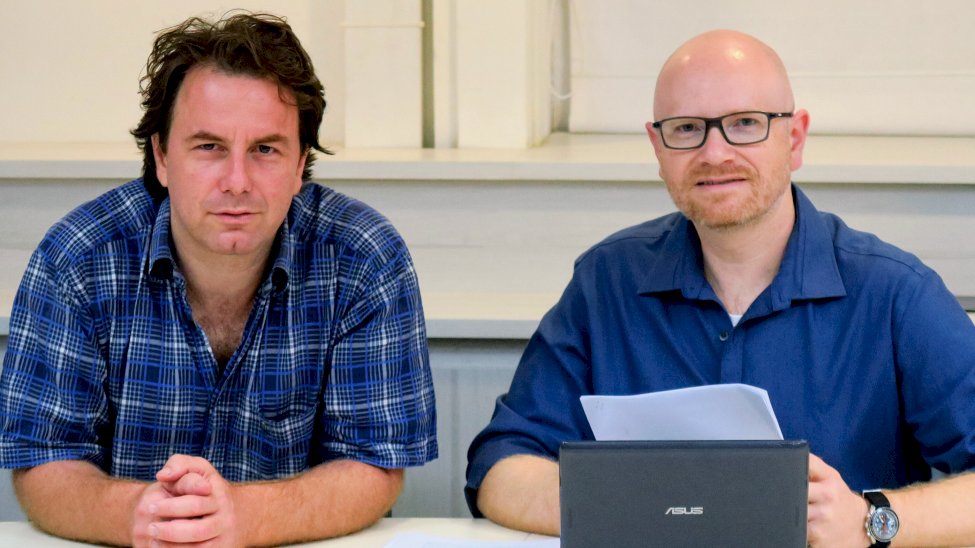To be accepted by and be relevant for patients, clinical guidelines should reflect patient and public priorities, beliefs, values and preferences. They should also address relevant subgroups and situations. Wording must be respectful and inviting for clinician-patient partnership. (Footnote 1)
NHS “INVOLVE” project partners with public representatives in ‘working with research funders to prioritise research; offering advice as members of a project steering group; commenting on and developing research materials; undertaking interviews with research participants’ (Footnote 2). The BMJ has a patient advisory panel and a patient peer review for articles (Footnote 3). Taking part in the writing of clinical guidelines is already in place in some countries: Spain (Footnote 4), Scotland (Footnote 5) and the UK (Footnote 6).
Public participation can occur at different levels: (1) Consultation – collection of information from patients and the public using surveys, focus groups, individual interviews, online consultation (2) Participation – exchange of information between guideline developers and the public through participation on guideline development groups (see NICE laypeople involvement in guideline committees) (3) Communication – production of plain language versions of clinical practice guidelines or the development of patient decision aids or education material (Footnote 1).
The Institute for Quality in Medicine, an arm of the IMA (Israeli Medical Association), publishes position papers and guidelines written by professional associations and societies. These documents represent standards of care for practitioners as well as for educational and legal purposes, and up to date these were produced with no public involvement.
In late 2016, The Israeli Choosing Wisely (CW) project was launched under the Institute for Quality in Medicine, with 20 professional societies participating, including the Israeli Association of Family Physicians (IAFP) who was the first in Israel to publish CW recommendations in 2015. We at the IAFP CW task force, decided for the first time, to formally invite patient representatives and caretakers to consult with during the process of writing our recommendations. We also consider this experience as a pilot for public participation in the IMA.
Previous interviews, done by Dr. Eimi Lev and Prof. Nurit Guttman from the Department of Communication at Tel Aviv University, showed that when communicating benefits and harms of medical tests and overtesting, the major challenges are to address people’s dread of "missing out” on detecting cancer ”on time”, and dealing with uncertainty, after decades of hearing promises on the benefits of screening and early detection.
As a first stage, we focused on consultation and communication. After a call out for public consultation through email group, social media and patient organisations, we met with 11 representatives, some of them were associated with patient organisations (of which some actually encourage over-testing), others were focused on accessible medical informatics or patients' rights.
We started the meeting with a brief background lecture about overdiagnosis, overtreatment and about the CW campaign. Then we reviewed 3 of the 5 first recommendations chosen by members of the IAFP: 1. Avoiding routine unindicted blood tests, 2. Avoiding imaging for low back pain and 3. Considering de-prescribing for frail patients. Our concerns regarding confrontation and difficulties in communication, were confuted. Most representatives brought their own experiences as patients or care givers, and not their ‘professional’ position. We talked about the meaning of these statements, from both the physician’s and the patient’s perspective.
Our initial lessons from this meeting were:
- Patients are keen to be heard and to be part of the process of guideline production.
- The importance of patient's’ trust in their physicians, when considering reducing tests, and the ways physicians can gain this trust such as: relevant history and physical examination, giving explanations and shared decision-making process.
- Simple and clear terminology is important for patient education materials. More comprehensive information should be available for referral.
- Laboratory tests and imaging are perceived to be coupled and dependent with treatment. That is, some participants believed that ‘if you were not sent to a test, you cannot be treated’.
Based on the insights learned from this meeting, we formed a template for brief explanations:
- Positive statement - when is the test needed, why is it OK to not test sometimes.
- Some general explanations, i.e. difference between screening and diagnostic testing, treatments options without testing and the risk lowering effect of chronic medication.
- Possible harms or potential harms of medical tests and medical interventions in concern.
This template was implemented in IAFP CW recommendations, expected to be published during the next months. Further collaboration in this work will take place with the participants, all of whom expressed their will to continue taking part in this process. We hope that our initiative and positive experience, will encourage professional associations in Israel to involve the public in the process of writing clinical guidelines.
Authors
Ronen Bareket (1)(2)(3), Eitan Lavon (1)(2)(3), Eimi Lev (4)
- The Israeli Association of Family Physicians
- Department of Family Medicine, Sackler School of Medicine, Tel Aviv University, Tel Aviv, Israel
- The Israeli Society for the Prevention of Overdiagnosis and Overtreatment – The Israeli Medical Association
- Department of Communication, Tel Aviv University, Tel Aviv, Israel
Picture
Two physicians from the project: Dr Ronen Bareket (left) and Dr Eitan Lavon (right)
Footnotes
- G-I-N Public Toolkit: Patient and Public Involvement in Guidelines, 2015.
- NHS’s INVOLVE project
- Partnering with patients, The BMJ
- Spanish national guideline development programme
- Scottish Intercollegiate Guidelines Network
- National Institute for Health and Care Excellence (NICE) - Patient and public involvement policy

